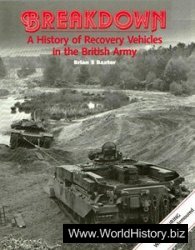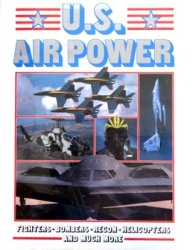One of the advantages of the German panzer division was its ability to split up into self-contained components, known as Kampfgruppe (battle groups). The division could on occasions prove too unwieldy, so in late 1941 and early 1942, one tank battalion of 40 to 60 tanks, one armoured panzer-grenadier battalion equipped with Sd Kfz 251 half tracks, and one artillery battalion were organised into a separate entity within the division. Usually, particularly after 1943, the best elements of the division were concentrated in the Kampfgruppe for the purposes of attack and counterattack. Invariably, the division’s best tanks, the halftracks for the panzergrenadiers and Wespe self-propelled artillery pieces were concentrated in this formation. As the war turned against the Germans, these Kampfgruppe proved particularly useful, playing the role of so-called fire brigades. They made quick, powerful counter-attacks to stem enemy penetration. Thus, the panzer battle group, although acting in the defensive, was still true to Guderian’s original pre-war concept of a mobile combined arms formation being a balanced mix of artillery, motorised infantry and tanks.
The battle group concept was further refined in the last months of the war, and this reorganisation heightened the importance of the panzergrenadier within Germany’s panzer divisions. The Type 45 panzer division of March 1945 had a mixed panzer regiment comprising a panzer battalion and an armoured (halftrack equipped) panzergrenadier battalion. This was complemented by a further two motorised (truck borne) panzergrenadier regiments of two battalions each. The division was completed by a mixed tank-hunter battalion using 75mm PAK anti-tank guns and Jagdpanzers, and an artillery regiment, consisting of one self-propelled battalion using Wespes and Hummels and two motorised battalions equipped with towed artillery pieces.
Although this sounds formidable (and it was) the increased preponderance of panzergrenadiers within the formation should be borne in mind. There were five battalions of infantry as compared with one of tanks; there was even parity in the actual tank regiment which was made up of one tank battalion and one armoured panzergrenadier battalion. It has been argued that this reorganisation was an acceptance by the German High Command that the fighting power of the panzergrenadier matched that of the tank. Wfiile not necessarily denying this, it is worth noting that the Type 45 panzer division only had 54 tanks (including its anti-tank battalion’s Jagdpanzer tank destroyers) in its theoretical inventory - most divisions had much less. It is worthwhile comparing this to a 1939 Panzer Division with 328 tanks or even a 1941 division with a theoretical strength of 160. Given the constant attrition of available tanks and the inability of German industry to provide enough replacements, it is hardly surprising that the proportion of panzergrenadiers to tanks had risen. This dilution of tank strength was more an acceptance of the fact that by 1945 tanks were increasingly scarce. The changed ratio of tanks to infantry within a panzer division was a matter of enforced necessity rather than a German doctrinal acceptance of equality in firepower between panzergrenadier and tank units.




 World History
World History









